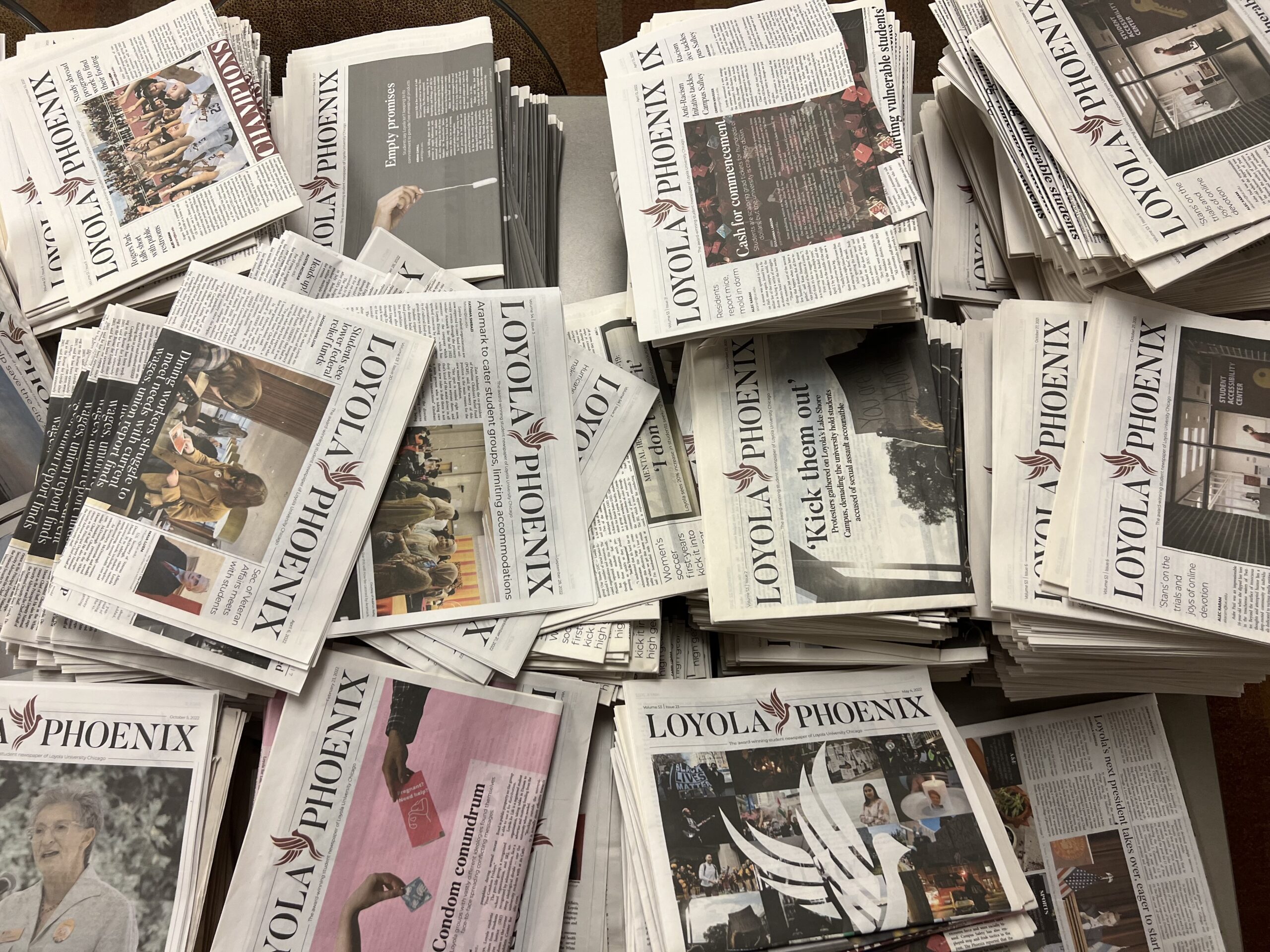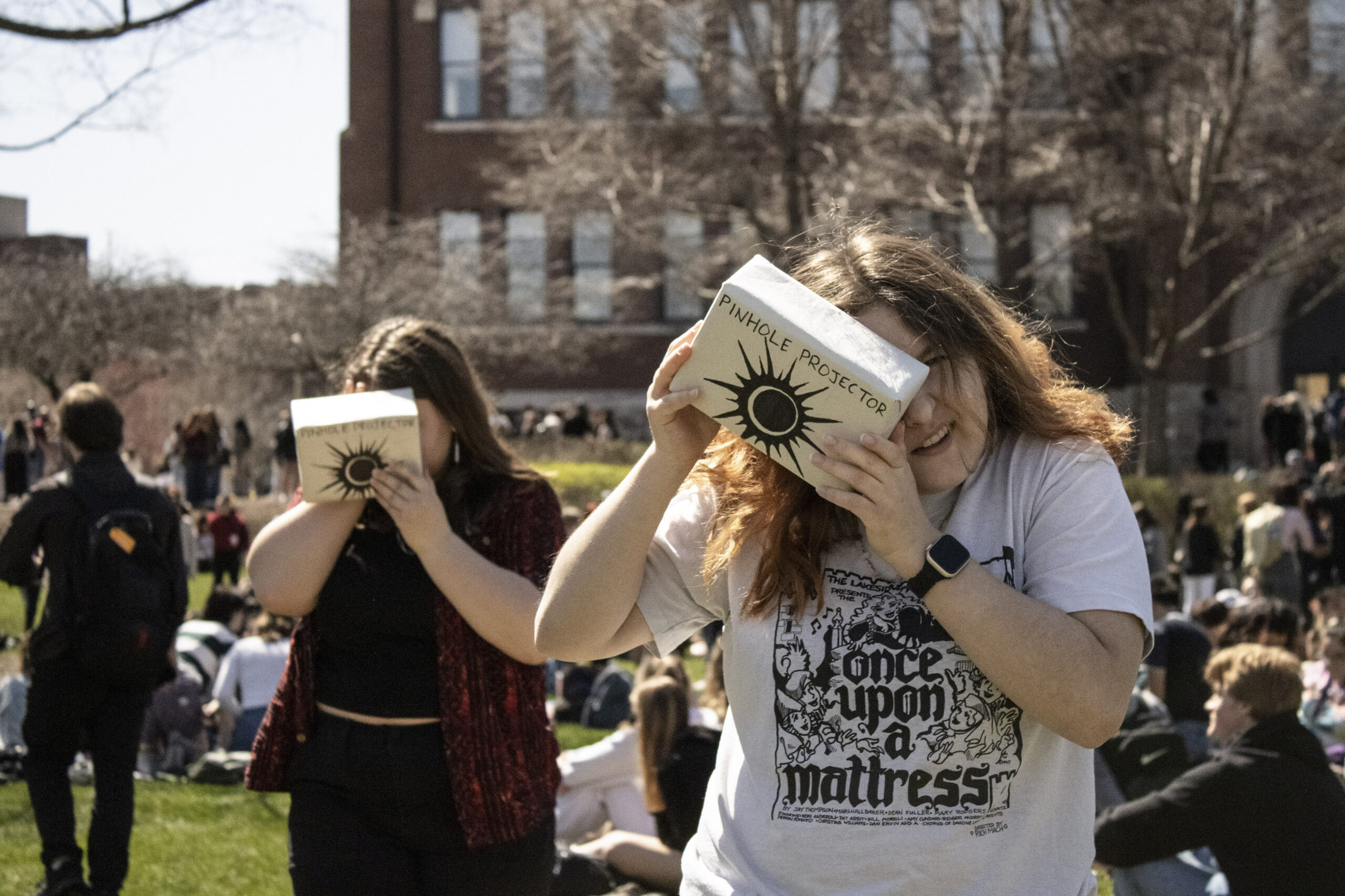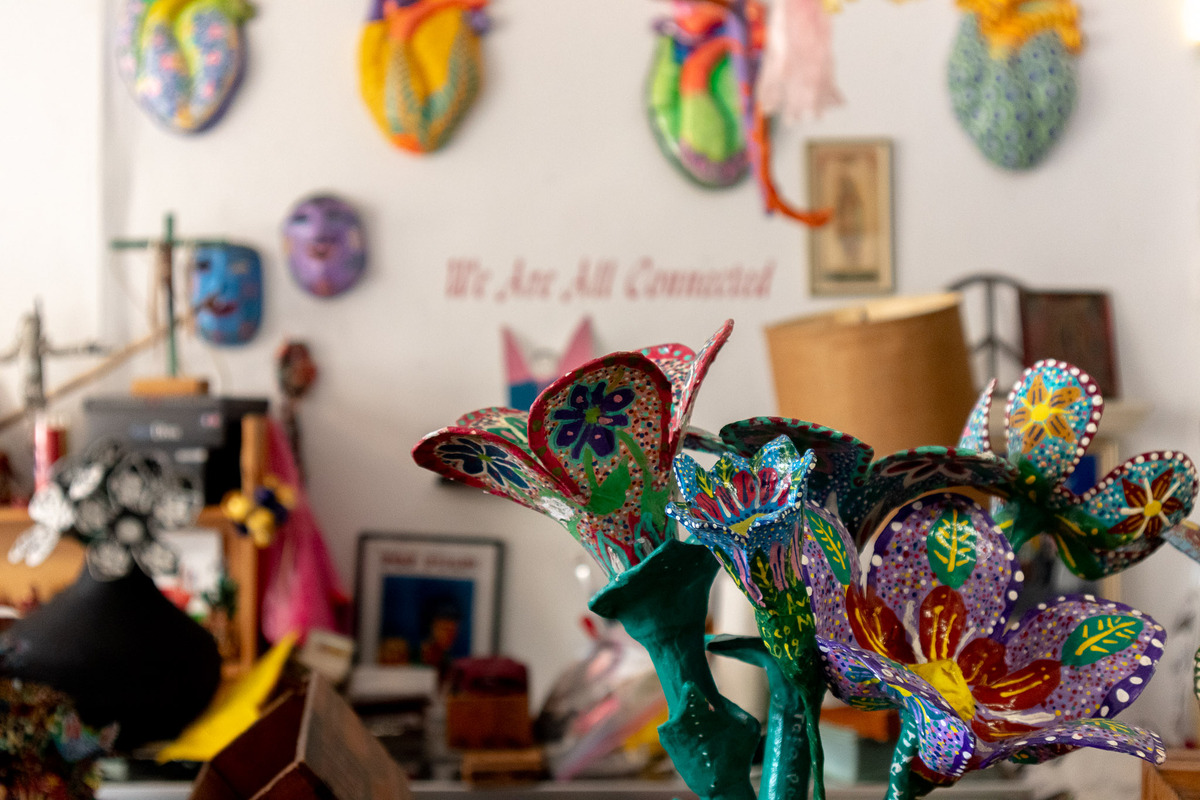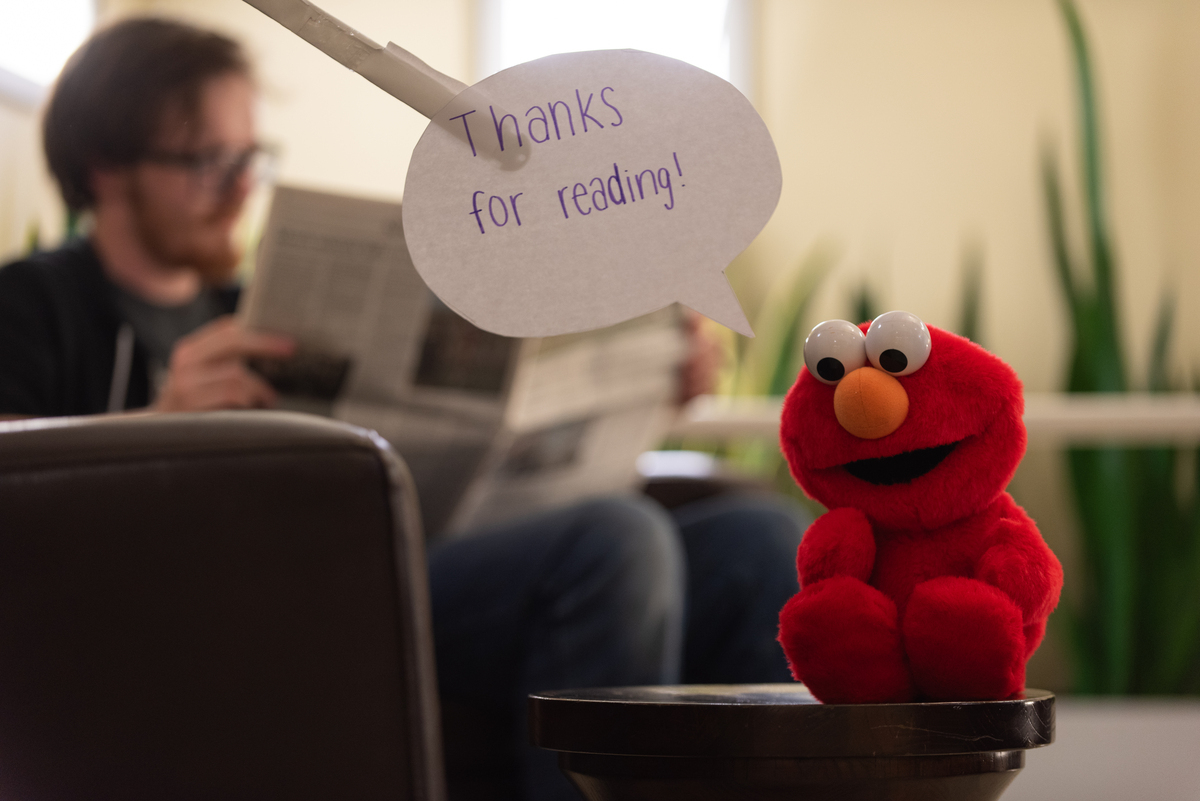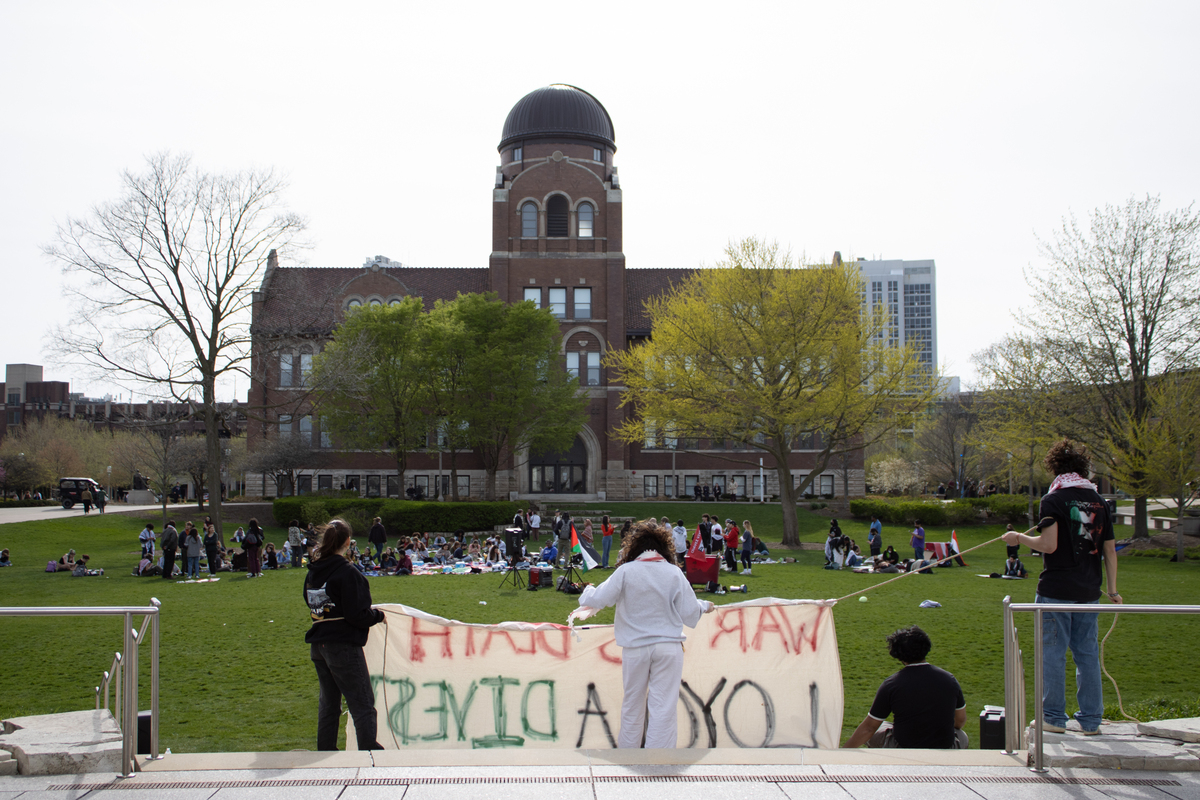The Phoenix has compiled a list of four unconventional museums around Chicago for satisfying a curious mind.
From Leather to Live Insects: Four Unconventional Chicago Museums

Beyond The Art Institute of Chicago, the Field Museum and the Shedd Aquarium, Chicago offers a realm of artifacts, oddities and memorabilia waiting to be explored. With a plethora of niche exhibitions ranging from insect collections to vintage pin-back buttons, the city is a treasure trove for students with nuanced interests.
The Phoenix has compiled a list of four unconventional museums around Chicago for satisfying a curious mind.
Leather Archives and Museum (6418 N. Greenview Ave.)
Edgewater’s own Leather Archives and Museum houses an eclectic exhibit centering around leather and kink, with artifacts ranging from traditional visual art to leather jackets, stained glass, banners and pins.
While the museum’s explicit content doesn’t make it suited for everyone, the exhibit educated visitors on the emergence of the leather community in the 1950s and ‘60s and its modernization. The Leather Archives also highlights activism across the LGBTQ+ community, including transgender rights and advocacy during the AIDS epidemic.
The two-story museum centers around self-expression and communities built around kink. As visitors enter the museum and make their way to the right, a room dedicated to leather jackets greets customers and educates onlookers about communities revolving around leather.
The museum strives to represent the history of leather and kink by offering accessible research and education as well as engaging with the community through events like figure-drawing, films and Kink Klass, according to their website. Their free Kink Klass programs offer education on a variety of kink practices and how to participate in them safely.
The museum is open Thursdays and Fridays from 11 a.m. to 7 p.m., Saturdays from 11 a.m. to 5 p.m. and Sundays from 1 p.m. to 5 p.m. Admission is $10, with $5 student tickets and free admission on Thursdays.
The Richard H. Driehaus Museum (40 E. Erie St.)
The Richard H. Driehaus Museum is located within the Nickerson Mansion and showcases the architecture of the Gilded Age.
The building was completed in 1883 as the residence of Samuel and Matilda Nickerson. The couple established a collection of art which they showcased inside. Richard H. Driehaus acquired the building in 2003 and began restoration as well as the establishment of the museum, which opened to the public in 2008, according to its website.
The entire home is decorated with patterned wallpaper, lavish window treatments and intricate parquet flooring, along with many pieces of furniture original to the home. Every element of the museum is thoughtfully displayed — from the authentic Gilded Age metallurgy and paintings to the historic location they’re housed in.
A domed stained-glass ceiling ornaments the center of the Maher Gallery towards the back of the main floor. It spans nearly the entire ceiling and depicts flowering trees and a clear blue sky with mottled pieces of colorful stained glass.
The second and third floors of the museum can be accessed via the ornately carved marble staircase, which is an art piece on its own. The rotating exhibit on the upper floors will feature the art nouveau architecture of Hector Guimard from now until Nov. 5, including blueprints of his constructions and a timeline of his career, according to the museum’s website.
The museum not only acts as a representation of the architecture and style of the Gilded Age but also stands as a historical structure in Chicago. Details like unique chandeliers and elaborate crown molding adorn the rooms’ ceilings — so don’t forget to look up.
The Richard H. Driehaus Museum is open Wednesdays from 11 a.m. to 3 p.m., Thursdays and Sundays from 11 a.m. to 5 p.m, and Fridays and Saturdays from 10 a.m. to 5 p.m. Tickets are $20 and the museum offers $10 tickets for students.
Busy Beaver Button Museum (3407 W. Armitage Ave.)
The Busy Beaver Button Museum is located in Logan Square where the Busy Beaver Button Company produces its pin-back buttons. This museum is the only pin-back button museum in the world and includes buttons dating back to 1896, according to their website.
While this museum is fairly small, pin-back buttons have a long history of representing one’s identity and are often worn on clothing or accessories to display messages. Their collection features over 30,000 pins representing pop culture and political marketing as well as sports, schools and clubs.
Alternatively, their website features a virtual museum with an extensive catalog of vintage pin-back buttons which can be accessed from anywhere.
Their online collection can be browsed by category, or viewers can scroll through recent additions to the museum. Clicking each button provides more information including historical context, size and approximate date of origin.
The museum’s collection acts as a kaleidoscopic lens into various historical moments, making the museum an exhibit worthy of a visit in person or online.
The museum offers free admission and is open Monday through Friday from 10 a.m. to 4 p.m.
The Insect Asylum (2870 N. Milwaukee Ave.)
The Insect Asylum is a non-profit museum and community organization showcasing live and dead insect specimens as well as a variety of taxidermy animals, skeletons and artwork. Their Logan Square location is the site of their various classes and community programs.
The staff provide an overview of the museum’s contents and protocols upon entering. On the first floor, visitors are free to explore hundreds of specimens and artifacts ranging in size, most of which can be picked up and touched.
The Insect Asylum organizes classes on topics such as insect pinning, taxidermy and foraging education, according to the museum’s website. The organization offers classes in different learning styles and conducts “Sensory Friendly Fridays” with lower sensory stimulation.
Every wall of the space is covered with unique pieces, most notably the creative arrangements of beetles and butterflies in frames. Local art is also featured throughout the museum, complementing and sometimes even interacting with the specimens on display.
The second floor of the museum is home to many live insects including tarantulas, cockroaches and several mantis species. Apart from the insects, the museum houses a few live birds as well as a resident opossum Hazel. Often, Hazel is out of her enclosure, and visitors can hang out with her on the couch and even pet her.
The museum is open Wednesdays from 3 p.m. to 8 p.m., Thursdays from 10:30 a.m. to 8 p.m., Fridays 10:30 a.m. to 9 p.m., Saturdays 10:30 a.m. to 7 p.m. and Sundays from 1 p.m. to 6 p.m.
Featured image by Ryan Pittman / The Phoenix



